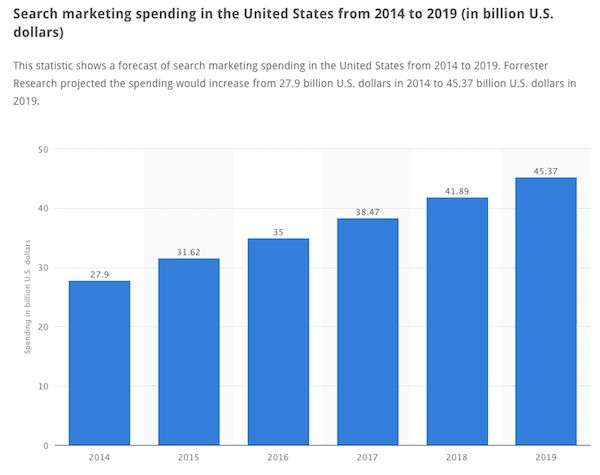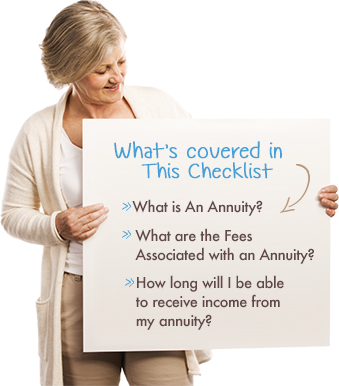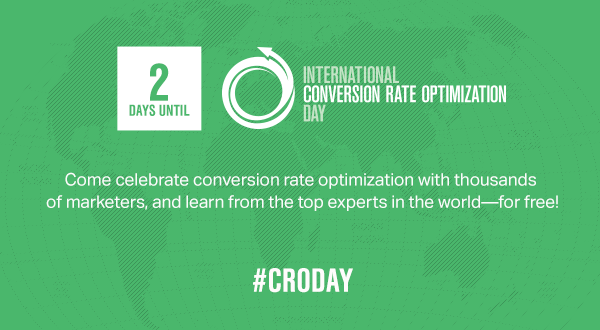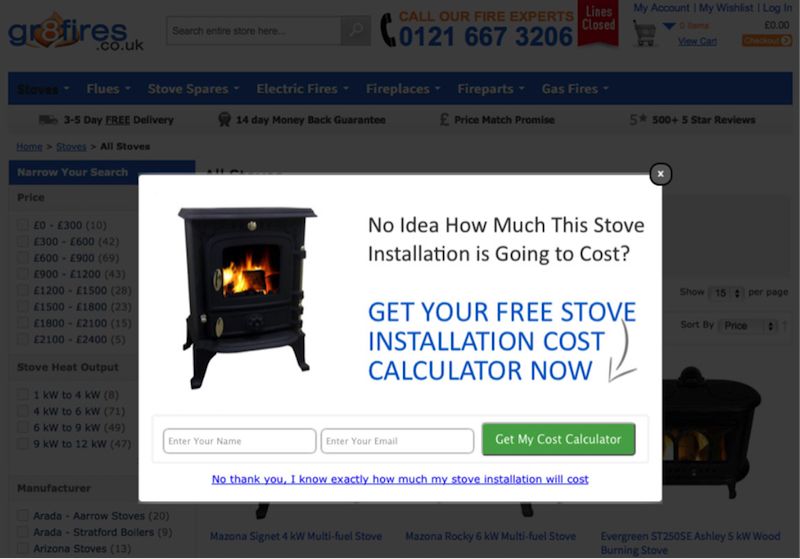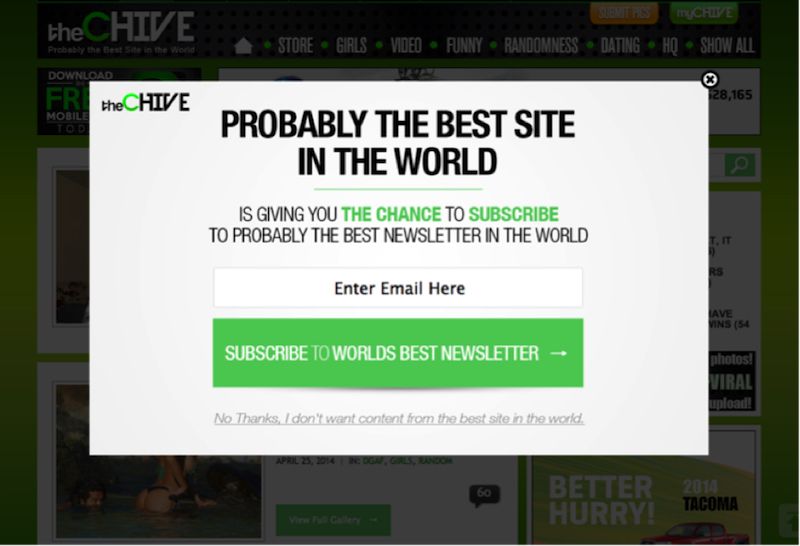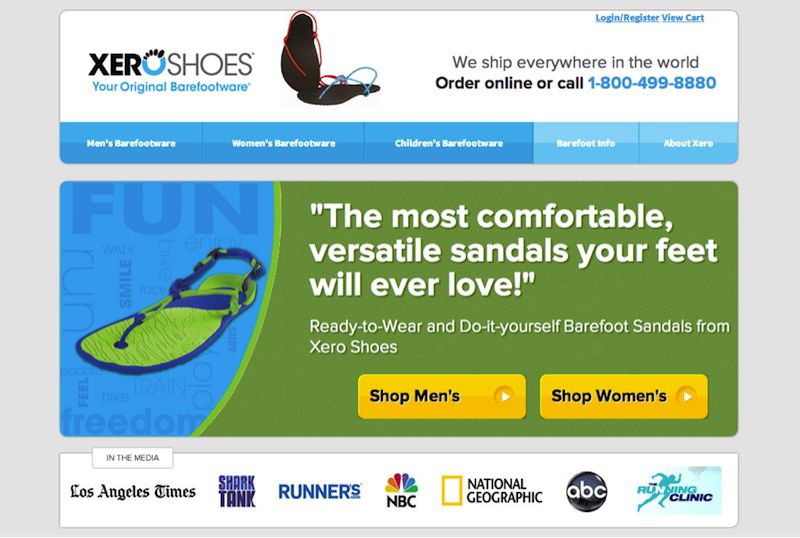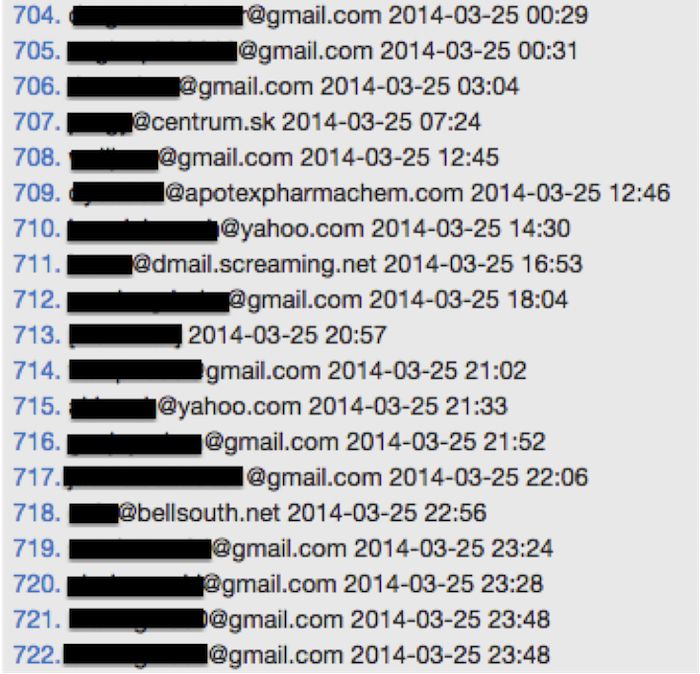If you’ve ever read the book The Design of Everyday Things you may recall one of the stories. It tells of a typist asked to evaluate the design of a new keyboard. She reported back to the keyboard designer that she liked the new design and didn’t find any faults with it. The designer asked if they could watch her use it. What they observed was that she kept making a particular typing error over and over again.
The new design had moved some keys around, so the typist kept hitting the wrong key. She was used to the old layout. When they asked her about it, she blamed herself and not the design because the key was clearly labeled.
I Blame Myself
A couple of weeks ago, my favorite artist released a new album. It’s always a long time in coming, so album release day felt like Christmas morning to me. I even woke up early, ready to download it and spend my whole morning listening to it.
After about a decade of not spending money on music, I decided 2015 is the year I wanted to start doing it again. This year I also bought Taylor Swift’s newest album and the soundtrack for a deeply cool movie, A Girl Walks Home Alone at Night. I bought both on Google Play, and as we mentioned in a different post, spending money on Google Play is distressingly easy.
When I went to work buying Joanna Newsom’s latest, I expected a similarly unremarkable experience. I thought two taps to purchase and one tap to play would get the job done. But her album wasn’t for sale on Google Play, so I decided to buy it directly from her record label, Drag City.

Joanna Newsom’s artist page was my first touchpoint with Drag City
I couldn’t actually remember the name of her record label, so I got there by a search, and I bypassed the homepage entirely. My first impression of the page was positive but ultimately irrelevant since I knew that I would definitely be spending my money on this website regardless of my experience because I really wanted this album, and it wasn’t readily available everywhere.
Strategic Use of Invisibility
After a moment I saw that there isn’t a buy button anywhere on this page, nor are there any prices. Apparently, I needed to find a product page to get to that information. Like most people comfortable with technology, I scan and click links quickly and with little thought.
I ended up in a loop where I clicked “Joanna Newsom” two or three times before my brain caught up with my finger. I was just taking myself back to the same page over and over again.

I needed to find my way to the product page, but I kept ending up back on the artist page.
The page I wanted was strategically hidden behind the album image and the name of the album. Despite the page’s every attempt, I made my way to the product page. This wasn’t to be the last time I felt sheepish.

Which download do I want?
This Product Page is FLACed Up
I already disclosed that I don’t buy music often (I’m more of a book and movie person), so maybe it’s unsurprising that I was caught off-guard by one of my purchase options: the FLAC Download. Is that a normal thing now? It better be because 1) I had to do a Google search to figure out whether I needed to adopt FLAC instead of MP3 and 2) I was irritated that I had to leave the website to find answers instead of Drag City just telling me on this screen.
Not everyone is going to find their way back like I did.
My search told me that I don’t care enough to know more about FLAC downloads to spend an extra dollar, so I selected MP3 and moved on to the next step.
The Payment Method Shell Game
Technical errors are always a problem. In this case, the inconsistency happened in the all-important cart. Sometimes when I visited my cart, I was given the option to purchase with Paypal. Sometimes it wasn’t.

Option 1: No PayPal

Option 2: Checkout with PayPal
I saw both of these screens in the process of writing this article. If I didn’t feel like I absolutely needed this album right this instant, I would have just bailed without a PayPal option. For some people it’s the borrowed trust that the PayPal logo provides that would cause them to stay. If I have to get off my couch and find my credit card to buy something, I can probably live without it.
Since I was borderline desperate, I journeyed onward regardless, perhaps even going so far as to walk across the room to fetch my purse.
How to Treat Your Repeat Buyers Like Dirt

I had high hopes that I was almost done using this website when I got to this page.
The first time I went through this process my purchase was a cinch. Replicating it for this post didn’t go the same way, however. The first time around I created a new account and moved on. I assumed it would be even more straightforward after I had my own account.
When I logged in with my new account, however, I wasn’t taken to the next step in the purchase process. I was taken to Drag City’s homepage.
So here is how they treat return buyers: Find music. Add music to cart. Click checkout. Login. Get sent back to the beginning.
I thought it was because I typed my password incorrectly. It felt like I had done something wrong. I felt bad. Being a returning customer is not nearly as easy as being a new one, apparently. I persevered.
Here’s Your Order. Not.
When I finally made it to the through to a screen thanking me for my purchase, I didn’t know what do from there. Where was my download? How was I going to be able to listen to my album? Had I just sent my ten bucks into cyberspace never to be seen again?
I searched through Drag City’s FAQs and even tried to find a customer forum where I could find the answer to those questions, but I came up with nothing. My emailed receipt also got me nowhere. I returned to the browser where I ended my purchase to see if I’d missed a message telling me what to do next, but that also left me empty-handed.
Me dumb. That is the message.
I ended up emailing their customer service to ask what was up, but I felt incredibly stupid about it. I felt self-conscious, like I’m sure my dad feels when he calls me for the seventh time to ask how to use his TV remote, but it seemed like the only option. And dang, after all it took to get there, I couldn’t just give up.
My story ends rather anticlimactically because about an hour later, I got an email back letting me know that I would receive my download via email, and I should please let them know if I didn’t receive it. I had indeed received it – but about ten minutes before customer service got back to me. It was weird.
It was great customer service with a quick response, but I prefer not to feel like an idiot, even if it results in a kind email from a stranger.
You may think it’s not fair to compare a small business website to an e-tail juggernaut like Amazon, but it is. If I had decided I didn’t want to support Drag City, using Amazon would have been so much easier. Amazon loves taking people’s money, and Drag City makes it feel like a burden.

My Amazon search result for the same album
Just my search result on Amazon gave me more information than Drag City’s entire Joanna Newsom page. And notice the “Available for download now” message. The last time I spent money on a digital download from Amazon was probably about five years ago when I purchased an episode of Vampire Diaries, and even that long ago, the whole process went very smoothly. I definitely didn’t have to wait an hour for an email.
Who is to blame for negative shopping experiences?
Re-living my buying experience in excruciating detail began to make me think “I don’t know why this bothered me at the time. It seems pretty obvious in hindsight.”
Some websites have very poor design, and users will openly criticize it, but others have design flaws that are subtle. After spending a few minutes using the navigation and thinking about the purpose of the page, a visitor will figure it out, but they may blame their own alleged stupidity for being slow on the uptake.
It’s one reason that self-reporting is so notoriously inaccurate: the reasons we think we behave a certain way aren’t always clear. It’s also why tools like heat maps are so eye-opening. It’s also why I was mad that I got up early on Nerdy-Christmas Morning only to have this experience be the thing that woke me up.
Feature image by greg westfall. via Compfight cc and adapted for this post.

